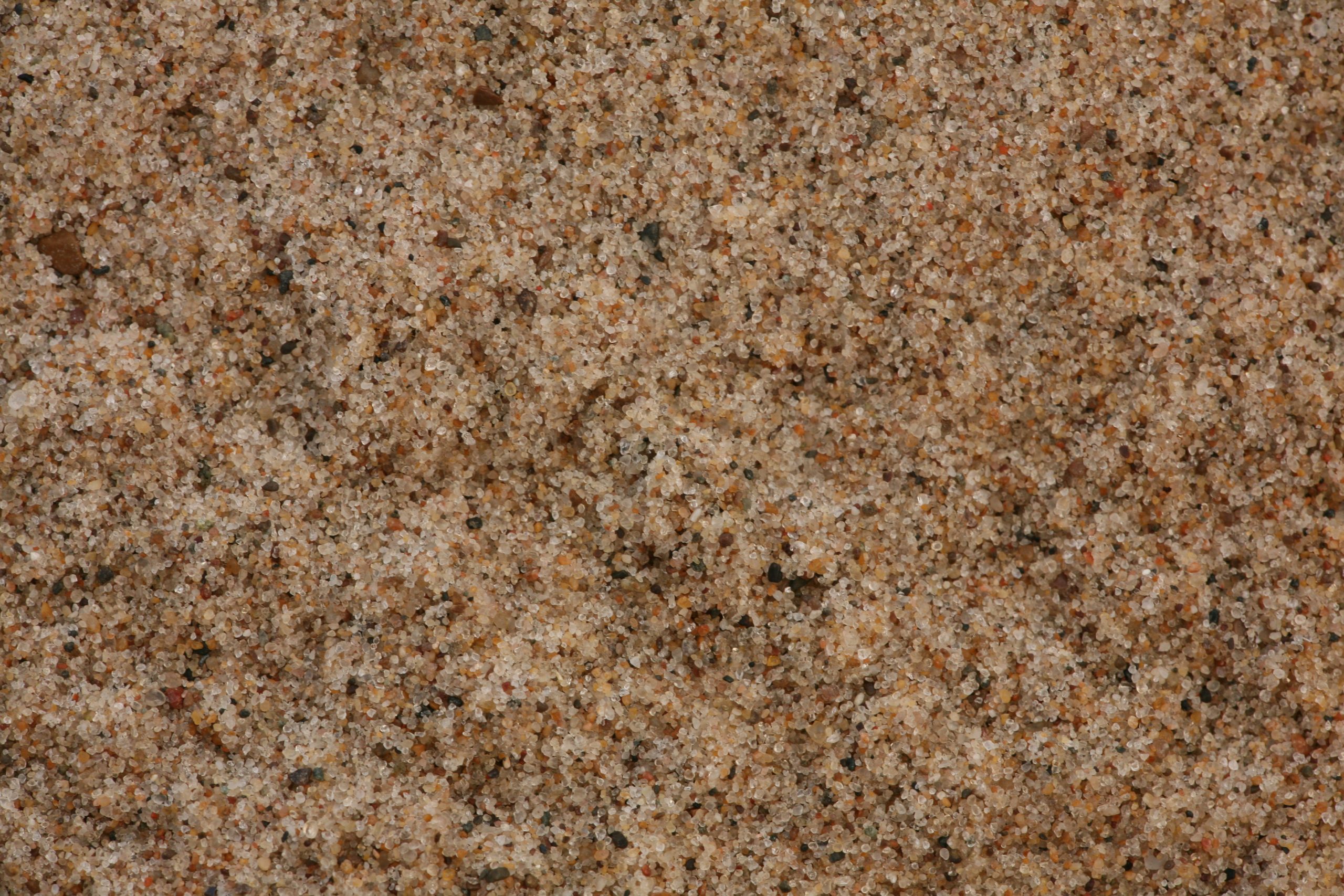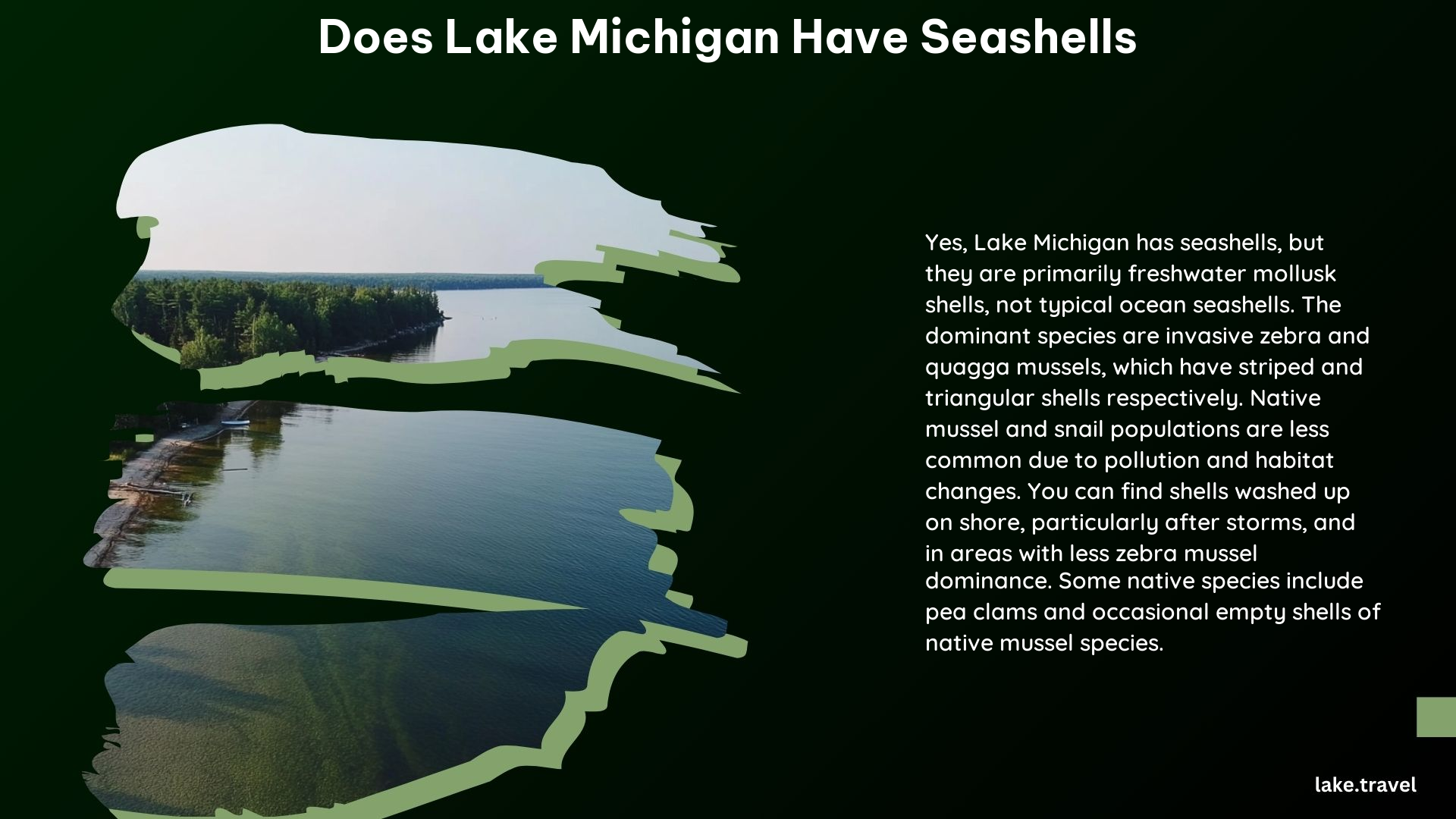Yes, Lake Michigan does have seashells, although they are not the typical seashells found on ocean beaches. The lake is home to various freshwater mollusks, including mussels and snails, which can be found on its beaches and shores.
Freshwater Mussels in Lake Michigan

Lake Michigan is inhabited by several species of freshwater mussels, including the zebra mussel and quagga mussel. These mussels are invasive species that were introduced to the lake through human activities. They are known for their small, striped or triangular shells.
| Mussel Species | Shell Characteristics |
|---|---|
| Zebra Mussel | Small, striped shell |
| Quagga Mussel | Small, triangular shell |
The presence of these invasive mussels has had a significant impact on the lake’s ecosystem, as they can outcompete native species and disrupt the food chain.
Native Mussels and Snails in Lake Michigan

While less common, you can also find shells from native mussel and snail species in Lake Michigan, such as pea clams, which have tiny, pea-sized shells. These native species are often pushed to the brink by the invasive mussels and habitat changes.
Some of the native mollusk species found in Lake Michigan include:
- Pea Clams
- Fingernail Clams
- Freshwater Snails
These native species are an important part of the lake’s ecosystem, providing food for other organisms and playing a role in the overall health of the lake.
Ancient Fossils in Lake Michigan
Lake Michigan was once a shallow ocean, and as a result, you can find ancient sea-dwelling fossils, including fossilized coral, on its beaches. These fossils can be a fascinating find for beachcombers and provide insights into the lake’s geological history.
The presence of these ancient fossils is a testament to the dynamic and ever-changing nature of the Great Lakes region, which has been shaped by glacial activity, tectonic movements, and other geological processes over millions of years.
Beachcombing Tips for Finding Seashells in Lake Michigan
To increase your chances of finding shells in Lake Michigan, consider the following tips:
-
Visit Beaches After Storms or Heavy Waves: Storms and heavy waves can churn up the lakebed and bring hidden shells to the surface, making them more accessible for beachcombers.
-
Explore Areas with Exposed Rocks or Shallow Water: Shells are often found in areas with exposed rocks or shallow water, where they can be more easily spotted.
-
Respect the Ecosystem: When beachcombing, be sure to leave no trace and avoid disturbing any live mussels or other organisms. This helps to preserve the delicate balance of the lake’s ecosystem.
By following these tips and being mindful of the lake’s unique ecosystem, you can enjoy the thrill of discovering the diverse array of seashells and fossils that can be found in Lake Michigan.
Conclusion
While Lake Michigan’s shell scene may be different from that of ocean beaches, it still offers a unique and fascinating experience for beachcombers and nature enthusiasts. From the invasive mussels to the ancient fossils, the lake’s shores are a treasure trove of natural wonders waiting to be explored.
References:
– Lake Michigan Seashells and Fossils
– Freshwater Mussels of the Great Lakes
– Beachcombing in the Great Lakes
